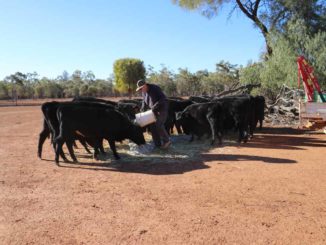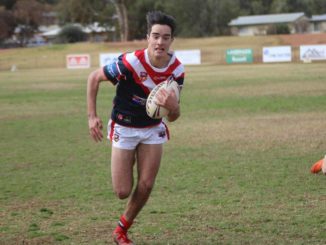The Cobar area has now been declared as being in ‘intense drought’ according to the NSW Department of Primary Industries latest seasonal report.
With limited rainfall recorded last month, 100 per cent of the state has been drought declared with 15 per cent of it now in ‘intense drought’.
And the forecast is not looking any better with the Bureau of Meteorology’s seasonal outlook for the August to October period indicating there is an increased chance of drier than normal conditions across most of NSW as well as an increased chance of warmer than average daytime temperatures.
Overnight temperatures also have an increased likelihood of being warmer than average across the majority of NSW.
Cobar has a long history of droughts with one of the worst (that went on for two and a half crippling years) broken by freak storms in November 1992.
Described as a “freak sub tropical type rain depression” by The Cobar Weekly in the November 25, 1992 edition, widespread drought-breaking rains brought 50-80mm of rain with “formerly parched properties” now “brimming full”. The rain was reported to be the heaviest in more than a decade “with ample feed and water for the summer months now generally assured”.
In 2002, Cobar was again drought declared with the then Prime Minister John Howard and Deputy Prime Minister John Anderson making a trip to Cobar in November to see the area first hand. In December, Cobar’s shearers, farm hands and other rural workers benefited from a load of donated goods from the NSW Australian Hoteliers Association and Australian Workers Union.
In January 2003 there was a concern with a big decline in stock numbers with the Rural Lands Protection Board estimating numbers were around 185,000, down steeply from the pre-drought figure of nearly 800,000 sheep.


